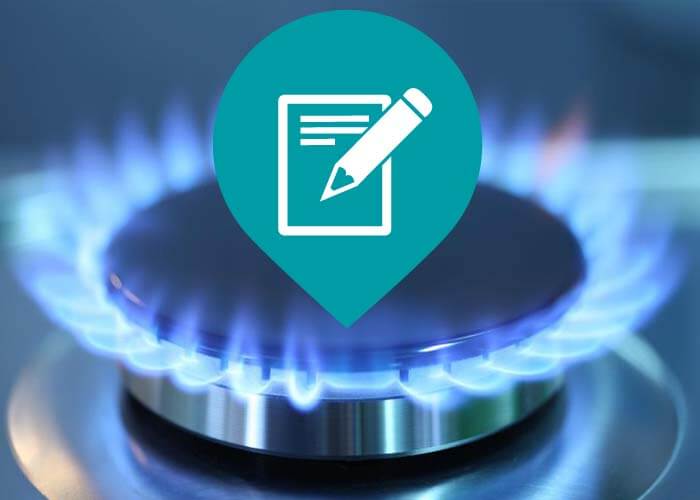
How Does the Gas Distribution System Work?
How Does the Gas Shipment System Work?
Gas moving from greater to lower pressure is the basic concept of the gas delivery system. The amount of pressure in a pipeline is measured in pounds per square inch.
From the well, the natural gas goes into "gathering" lines, which are like branches on a tree, obtaining bigger as they obtain closer to the central collection point.
Event Solutions
A celebration system might need several area compressors to move the gas to the pipeline or the handling plant. A compressor is an equipment driven by an inner combustion engine or generator that produces pressure to "push" the gas with the lines. Many compressors in the natural gas delivery system utilize a percentage of gas from their very own lines as gas.
Some natural gas gathering systems consist of a handling center, which does such features as removing pollutants like water, co2 or sulfur that could corrode a pipeline, or inert gases, such as helium, that would lower the power worth of the gas. Handling plants likewise can eliminate small quantities of lp as well as butane. These gases are made use of for chemical feedstocks and also various other applications.
The Transmission System
From the celebration system, the gas steps into the transmission system, which is normally composed of concerning 272,000 miles of high-strength steel piper.
These large transmission lines for gas can be contrasted to the nation's interstate freeway system for cars and trucks. They move huge amounts of gas countless miles from the producing regions to regional distribution firms (LDCs). The pressure of gas in each section of line normally varies from 200 pounds to 1,500 pounds per square inch, depending upon the sort of area in which the pipeline is operating. As a safety measure, pipelines are created as well as built to handle a lot more pressure than is ever really gotten to in the system. For instance, pipes in more booming areas run at less than half of their layout stress degree.
Several significant interstate pipelines are "knotted"-- there are two or more lines running alongside each other in the exact same right-of-way. This provides optimum capacity throughout periods of peak need.
Compressor Stations
Compressor terminals are located approximately every 50 to 60 miles along each pipe to boost the pressure that is shed via the friction of the gas relocating through the steel pipe. Many compressor stations are entirely automated, so the equipment can be begun or quit from a pipeline's central control room. The control room can likewise remotely operate shut-off valves along the transmission system. The operators of the system keep comprehensive operating data on each compressor station, and constantly change the mix of engines that are running to take full advantage of efficiency as well as safety and security.
Gas steps with the transmission system at up to 30 miles per hr, so it takes several days for gas from Texas to arrive at an energy receipt factor in the Northeast. Along the way, there are many affiliations with various other pipes as well as other energy systems, which uses system drivers a great deal of flexibility in moving gas.
Linepack
A 50-mile section of 42-inch transmission line operating at around 1,000 extra pounds of stress consists of about 200 million cubic feet of gas-- enough to power a kitchen range for more than 2,000 years. The quantity of gas in the pipe is called the "linepack.".
By raising and reducing the pressure on any type of pipeline segment, a pipe firm can make use of the section to keep gas throughout periods when there is much less demand at the end of the pipeline. Making use of linepack this way enables pipe operators to deal with hourly changes popular really effectively.
Natural gas pipelines and utilities utilize really advanced computer system designs of consumer demand for natural gas, which connect daily and hourly usage fads with seasonal and also ecological elements. That's why clients can depend upon the dependability of natural gas-- when it's needed, it's there.
Gate Stations.
When the gas in a transmission pipe reaches a local gas energy, it generally travels through a "gateway station." Utilities regularly have entrance terminals getting gas at many different areas as well as from several different pipes. Gate terminals offer 3 functions. Initially, they decrease the stress in the line from transmission levels Check out here (200 to 1,500 pounds) to distribution degrees, which vary from 1/4 pound to 200 pounds. After that an odorant, the distinct sour fragrance connected with natural gas, is included, to ensure that consumers can smell even small quantities of gas. Finally, the gate station gauges the flow rate of the gas to figure out the quantity being obtained by the energy.